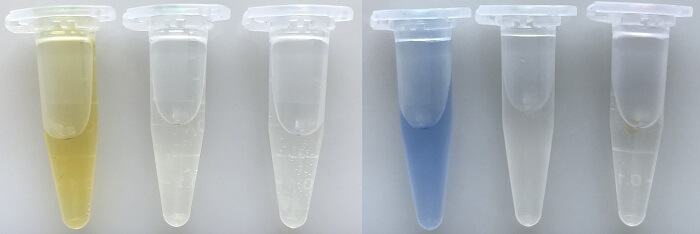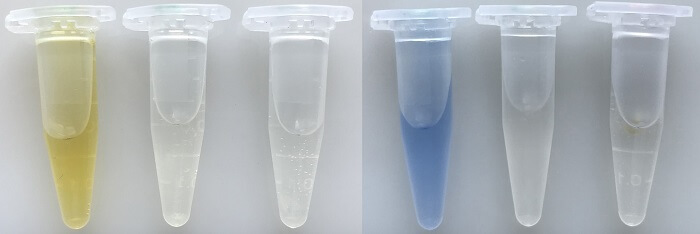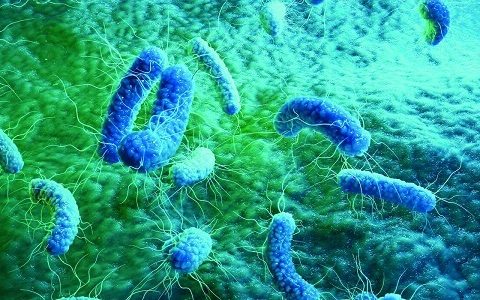Application of enzyme for synthetic dyes treatment

There is more than 10,000 different synthetic dyes and pigments are currently applying in various industry including textile, pharmaceutical leather, pulp and paper, printing, food technology, cosmetics. It is estimated that over 1,000,000 tons synthetic dyes have been used annually. Synthetic dyes are usually leached to environment as wastewater during dyeing processes with leaching percentage ranges 5%-50%. The presence of synthetic dyes in water causes the harmful to aquatic ecosystems. Meanwhile, synthetic dyes toxicity for human causing mutagenicity, and carcinogenicity have been demonstrated.
Polluted synthetic dyes water treatment plays importance role for sustainable development in respect to nature. Numerous synthetic dyes treatment strategies have been proposed including physical, chemical, and biological processes. The biological treatment is based on the bioconversion of the substrates by enzyme reaction. Up to date, laccase has been shown highly efficiency on synthetic dyes treatment because its advantages with a board different substrates, simple catalytic reaction mechanism.
Scientists from Institute of Biotechnology, Hue University has been successfully developed enzymatic method for synthetic dyes treatment based on extracellular laccase from Fusarium oxysporum. The results showed treatment efficiency reaches nearly 100% on different dyes including bromothymol blue, methyl orange, remazol brilliant blue R, indigo carmine. Meanwile, the enzyme also exhibited strong treatment effect on crystal violet, aniline blue, evans blue, malachite green. The study has been published on Environmental Technology and Innovation journal (https://authors.elsevier.com/c/1bQMW8MqqK1pow). The study has opened the door for the application of enzyme on treatment of waste water polluted by synthetic dyes. This research is funded by Vietnam National Foundation for Science and Technology Development (NAFOSTED) under grant number 106.04-2018.51.
 Treatment effect of Bromothymol blue (left), and Remazol brilliant blue R (right)
Treatment effect of Bromothymol blue (left), and Remazol brilliant blue R (right)
Nguyen Duc Huy, PhD
Laboratory of Enzyme and Protein Technology




